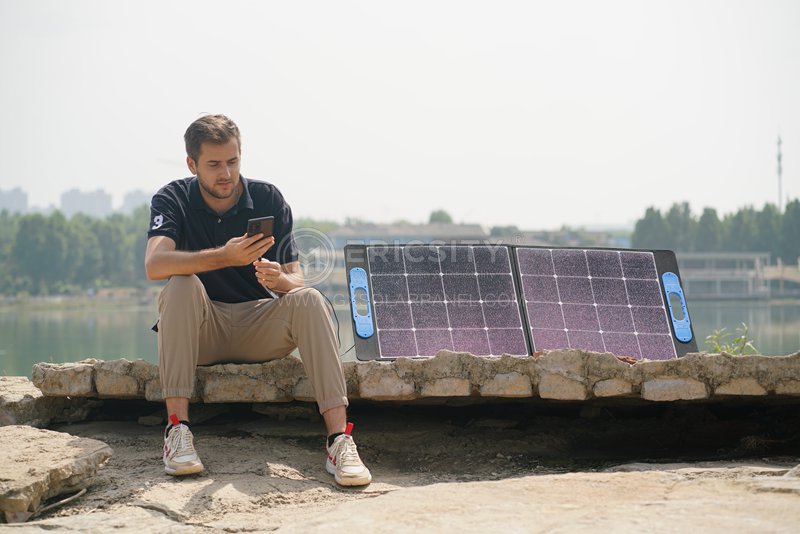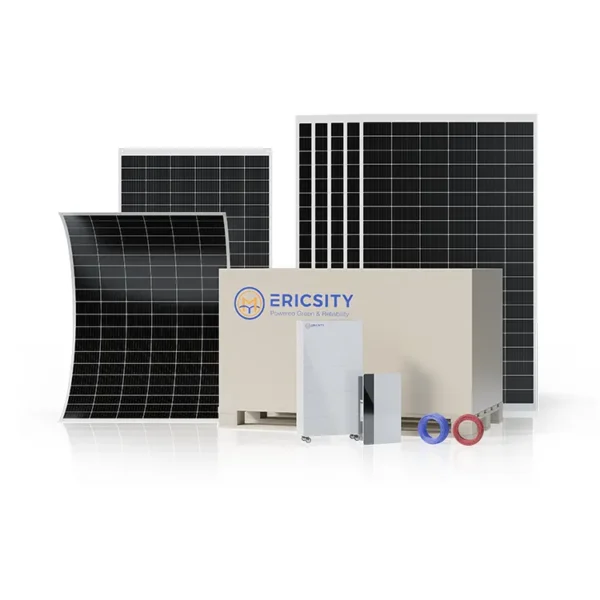HOT PRODUCT
Product Details
amorphous Solar Panels In Space Exploration
Amorphous Solar Panels in Space Exploration
In recent years, advancements in solar technology have revolutionized the way we harness and utilize clean energy here on Earth. However, solar power has also made its way beyond our planet into space exploration. Amorphous solar panels, in particular, have gained attention for their versatility and efficiency in powering spacecraft and satellites. These uniquely designed panels are becoming increasingly popular for their ability to adapt to different environments and generate electricity even in low-light conditions. In this article, we will explore the potential of amorphous solar panels in space exploration and the benefits they offer to future missions.

Amorphous silicon (a-Si) solar panels, also known as thin-film solar panels, are constructed using a non-crystalline form of silicon. Unlike traditional crystalline silicon panels, amorphous panels are flexible and lightweight, making them ideal for applications in space. Their thin-film nature allows for easy integration into different surfaces and curvatures, providing flexibility in design for spacecraft and satellites.
One significant advantage of amorphous solar panels is their better performance in low-light environments compared to their crystalline counterparts. While traditional solar panels require direct sunlight to produce optimum power, amorphous panels can generate electricity even in diffused or indirect light. This capability is crucial in space exploration, as spacecraft and satellites are subject to varying lighting conditions depending on their location and orientation relative to the Sun.
Another notable attribute of amorphous solar panels is their durability and resistance to radiation in space. Compared to crystalline silicon panels, which can degrade over time due to radiation exposure, amorphous panels are less susceptible to damage. This resilience ensures a longer lifespan and reliable power generation throughout the mission duration.

Furthermore, the adaptability of amorphous solar panels enables their integration into various surface areas of spacecraft and satellites. Panels can be mounted on wings, exteriors, or even deployable structures, maximizing the available space for power generation. This flexibility allows for more efficient utilization of energy, reducing the reliance on traditional battery systems and increasing the lifespan and capabilities of space missions.
In addition, amorphous solar panels offer a cost-effective solution compared to other types of solar panels. Due to their thin-film composition, amorphous panels require less raw material, leading to lower production costs. This cost-effectiveness makes them an attractive option for space agencies and companies planning extended missions or large-scale satellite constellations.
One pioneering example of the application of amorphous solar panels is the LightSail project led by The Planetary Society. LightSail 1, launched in 2015, successfully demonstrated the use of amorphous panels to power their solar sail spacecraft. By capturing the momentum of photons emitted by the Sun, the spacecraft was propelled by the pressure of sunlight alone, showcasing the potential of amorphous solar panels in achieving propulsion in space.
Looking ahead, amorphous solar panels hold tremendous promise for the future of space exploration. As technology continues to advance, these flexible and adaptable panels may be used in larger spacecraft and satellites, revolutionizing the way we power missions beyond Earth. Whether it’s powering communication satellites, deep space probes, or even manned missions, amorphous solar panels provide a reliable and efficient source of clean energy.
In conclusion, amorphous solar panels have emerged as a game-changing technology in space exploration. Their lightweight and flexible nature, along with their ability to generate electricity in low-light conditions, make them an ideal energy source for spacecraft and satellites. The durability, adaptability, and cost-effectiveness of amorphous panels open up new possibilities for future missions, bringing us closer to a sustainable and energy-efficient approach to space exploration.




